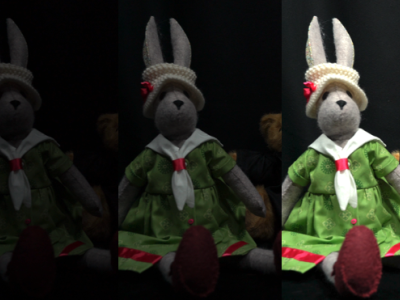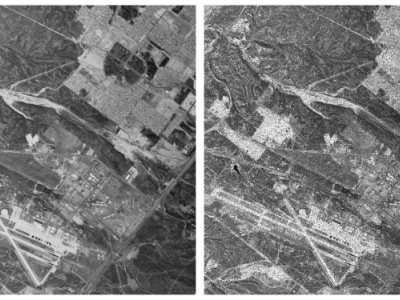
Low-light images and video footage often exhibit issues due to the interplay of various parameters such as aperture, shutter speed, and ISO settings. These interactions can lead to distortions, especially in extreme lighting conditions. This distortion is primarily caused by the inverse relationship between decreasing light intensity and increasing photon noise, which gets amplified with higher sensor gain. Additionally, secondary characteristics like white balance and color effects can also be adversely affected and may require post-processing correction.
- Categories:


